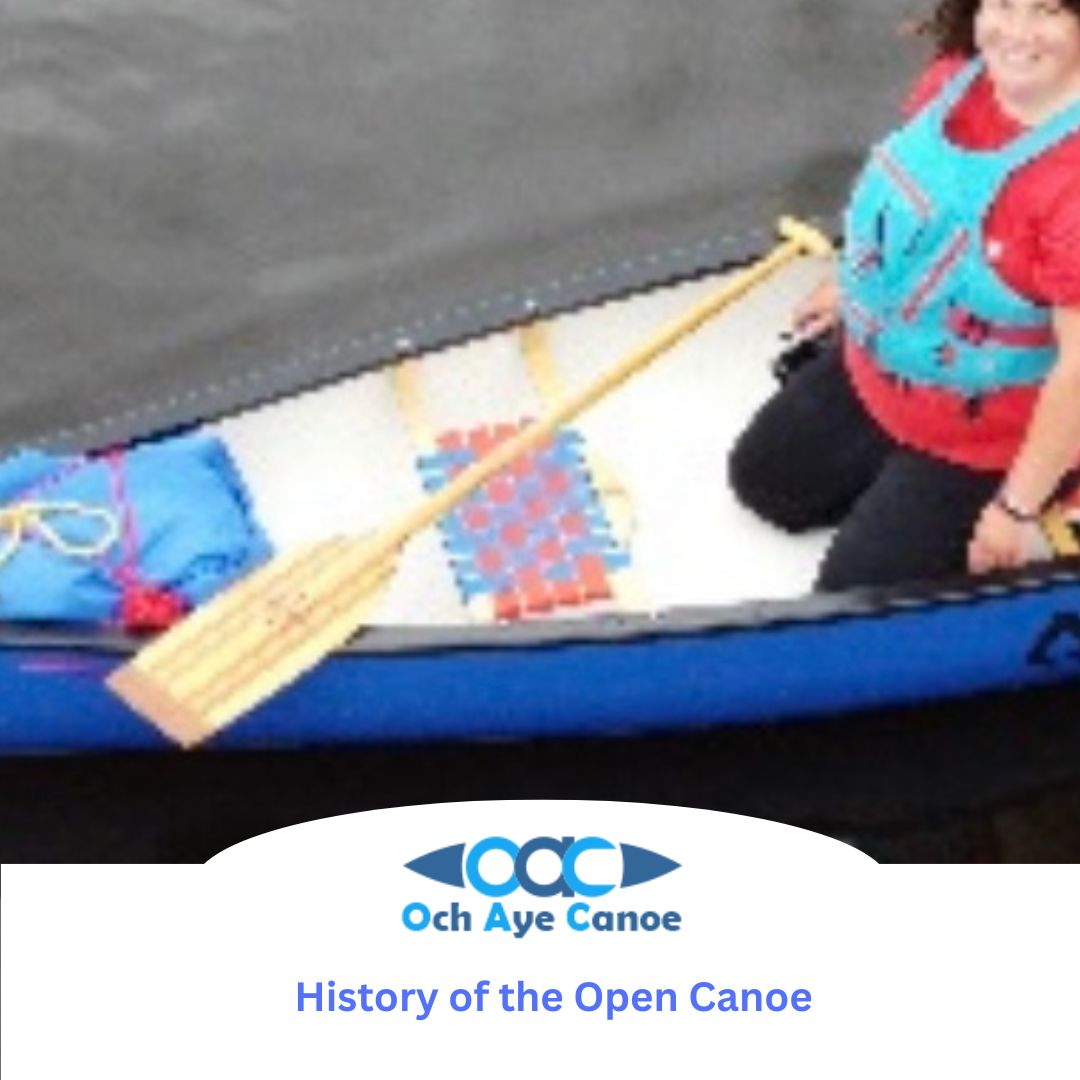The open canoe has a long and storied history, dating back thousands of years. The earliest known canoes were used by Native American tribes in North America, who used them for fishing, transportation, and trade.
These early canoes were often made from birch bark, which was lightweight, durable, and easy to work with. The bark was stripped from trees and then carefully sewn together to form a watertight vessel. Later, Native Americans also used dugout canoes, which were made by hollowing out a single log.
As European explorers and settlers arrived in North America, they quickly recognized the value of the canoe for transportation and trade. Canoes became an essential part of the fur trade, with traders and trappers using them to navigate the waterways of the continent.
In the 19th century, canoeing became a popular leisure activity, with people taking to the water for recreation and adventure. Canoe clubs were formed, and competitions were held, leading to new innovations in canoe design and materials.
Today, canoes are still a popular way to explore the great outdoors. Canoes come in a variety of designs and materials, from classic wood-and-canvas canoes to modern boats made from fibreglass, Kevlar, or other high-tech materials.
Whether you're looking to paddle for fun or adventure, the open canoe is a versatile and enduring watercraft that has a special place in the history of human exploration and adventure.
Och Aye Canoe offers open canoe training / lessons upon request. Contact us here!

